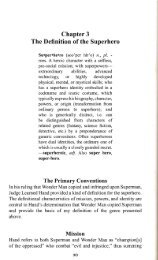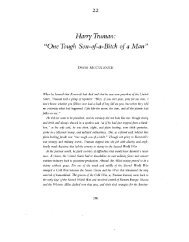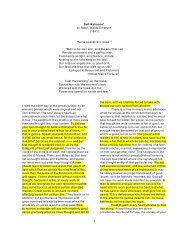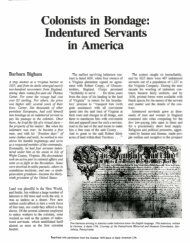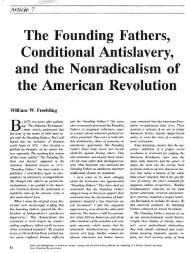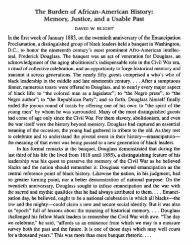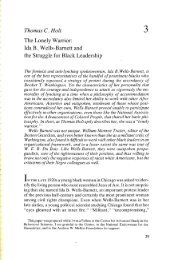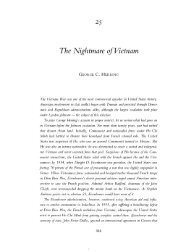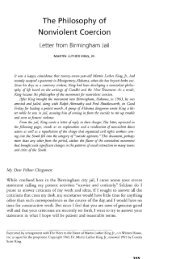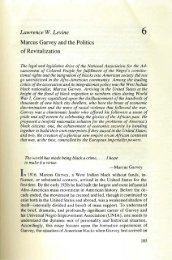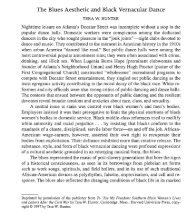Mary - Journeytohistory
Mary - Journeytohistory
Mary - Journeytohistory
Create successful ePaper yourself
Turn your PDF publications into a flip-book with our unique Google optimized e-Paper software.
2-16 From Slavery to FreedomREeo STU CTIOAND THE NATIONIn few periods of our history has the whole fabric of American life been alteredso drastically as during the Civil War and the period immediately following it.To be sure, there were the social and economic changes arising from the emancipationof 4 million slaves in the South, but these changes were so completelyinterwoven with other consequences of the war as to make them wholly inseparable.Although the South, for example, did not experience great industrial developmentduring the war, the North did; and the forces let loose were sopowerful that they affected the entire course of Reconstruction. The politicalchanges that began with the secession of the Southern states affected the wholenation, but the economic transformation brought on by numerous changes inproduction and distribution demanded the attention of every practical-mindedperson in the United States.It is crucial to understand, as Eric Foner and others have argued, "that Reconstructionwas not merely a specific time period, but the beginning of an extendedhistorical process: The adjustment of American society to the end ofslavery" It is not a history of "Negro rule," as some historians for many yearsdubbed the period of Radical Reconstruction, nor is it merely Southern history,however much students in the past have approached it from a regional point ofview. Reconstruction is an integral part of the national history, and one mayfind an explanation for strange events in Alabama not only in the activities ofpeople in that state but in the movements and transactions of citizens inBoston, New York, or Philadelphia as well. From 1865 to the end of the century,the United States was picking up the threads of its social, political, and economiclife, which were so abrupdy cut in 1861, and attempting to weave theminto a new pattern. South Carolina's political life after 1865 was affected bymore than the presence of blacks in the state legislature or in other positionsof public trust. It was affected, as well, by the dynamic changes of economic reconstruction.Reconstruction in 1865 was indeed nationwide.White Southerners who traveled in the North after the Civil War wereamazed at the changes that a few years had wrought in the economic life of thesection. The pressing military needs, the extensive int1ation of Union currency,and the stimulating effect of protective tariff legislation had all conspired toindustrialize the North. Steel factories were producing much more than whatwas needed for the prosecution of war; railroads were rapidlyE~ollol11ic Chllllg~in the NorllJconnecting the North and \Vest into one large community.Hundreds of technological developments made possible theproduction of commodities, the conception of which wouldhave strained the imagination two decades earlier. New forms of economic organizationemerged whose possibilities for expansion throughout the nationand the world were almost unlimited and whose leaders were filled with a desperateanxiety to create monopolies and reap huge profits. Northerners wereas anxious to sell to ex-Confederates as they were to Northerners. The most



